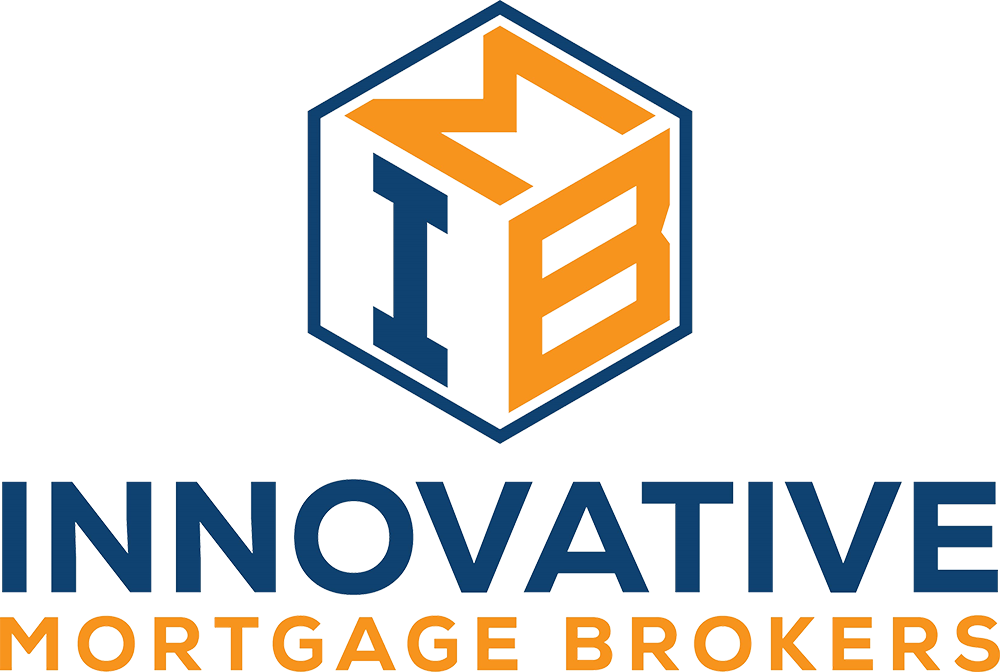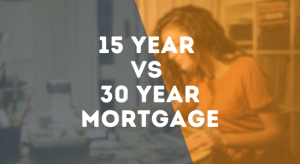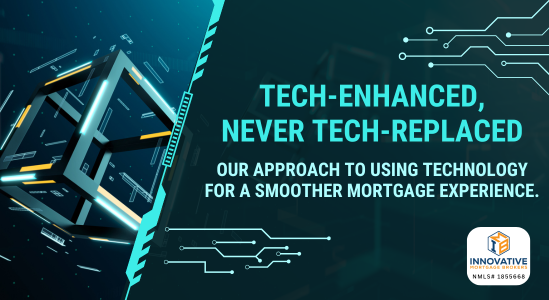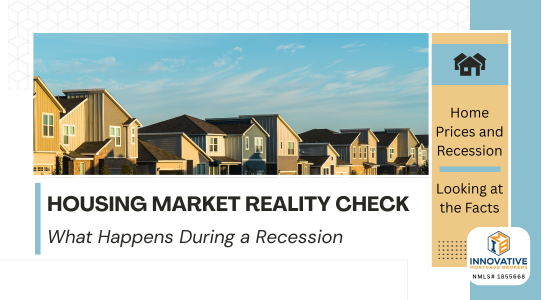No, the Housing Market Isn’t About to Crash—Here’s What’s Really Happening If you’ve been watching…
15-Year versus 30-Year Mortgage – What’s the Difference?
Most homebuyers think of a 30-year mortgage when buying a house. It’s the most common because it has the lowest monthly payment, but there is also a 15-year option some buyers may want to consider.
Here’s what you should know about the two options.
What is a 30-Year Mortgage?
A 30-year mortgage is a loan amortized over 30 years. This means you have 30 years to repay the principal and will pay interest for 30 years on the loan.
If you get a fixed-rate mortgage, the payment remains the same for the life of the loan unless your taxes or insurance change, which could affect your escrow payment and eventually your mortgage payment.
How Does it Work?
When you borrow a loan for 30 years, the initial payments will be mostly interest and a little principal. This is because your principal balance is the highest at this point, and the interest charges are higher.
You make small monthly payments to the principal, paying the balance down. But because you borrow it for 30 years, the principal payments are low, and you’ll pay more interest until you pay the balance in full.
Pros of the 30-Year Mortgage
The 30-year mortgage has several benefits, including the following:
- Lower monthly payments
The 30-year mortgage is usually the easiest to afford because you spread the principal over 30 years. Many first-time buyers take this option to keep their costs low.
- More buying power
You may have more buying power if you borrow a 30-year loan because you have a lower monthly payment. This is because lenders look at your debt-to-income ratio, which compares your monthly obligations to your income. The lower your DTI is, the more mortgage you can afford.
- Option to prepay
Most 30-year mortgage loans allow you to make extra payments toward the principal. This allows you the best of both worlds. You can have a low minimum payment but pay extra principal when you can, saving money on interest over the loan’s term and possibly paying it off early.
Cons of the 30-Year Mortgage
Just as there are benefits of a 30-year mortgage, there are downsides to consider.
- Pay more interest
Interest rates on 30-year loans are higher than on 15-year loans because it’s riskier for lenders to lend you money for 30 years. In addition, because you borrow the funds longer, your total interest charges are higher.
- Harder to build equity
Building equity with a 30-year loan is harder because your principal payments are lower. Each principal payment you make earns equity in the home, but it takes longer with a 30-year term.
- You’ll have a loan for a longer time
When you borrow a loan for 30 years, paying it off takes longer. This means you’ll have a lien on the home for as long as you own the money.
What is a 15-Year Mortgage?
A 15-year mortgage is another option. However, it’s not as commonly known because it has higher payments, so many people don’t consider it.
However, when you borrow funds for 15 years, you pay the loan off in half the time, which means paying less interest and building equity in the home faster.
How Does it Work?
15-year loans are almost always fixed-rate loans. This means your payment never changes unless your escrow payment (taxes and insurance) changes. Because you have half the time to pay the loan off, you have a higher principal payment and pay less interest.
Like a 30-year loan, you pay principal and interest on the loan for 15 years, but a larger portion of your payment covers the principal to pay the balance off faster. Also, like 30-year loans, you can often make extra payments, paying the loan balance off faster and decreasing your interest costs.
Pros of the 15-Year Mortgage
The 15-year mortgage has many benefits, including the following.
- Lower interest rates
15-year mortgage loans usually have lower interest rates because they are lower risk for lenders. Because you’ll pay the loan off in less time, they get their money back faster and can offer more competitive rates.
- Own your home faster
You’ll own your home much faster with a 15-year loan versus a 30 year because you build equity faster. In addition, the more principal you pay, the faster you’ll own your home lien-free.
- More Equity
If you need to borrow from your home’s equity, you’ll have more access with a 15-year loan than a 30-year loan because you pay the principal down faster.
Cons of the 15-Year Mortgage
The 15-year mortgage has many cons, including the following.
- Higher monthly payment
You must make higher principal payments to pay your loan in half the time. This is your required payment, and you could hurt your credit if you can’t make it.
- Harder to qualify for
The higher payment makes it harder to get approved for a 15-year loan. This affects your debt-to-income ratio, which could prevent you from getting approved if it isn’t low enough.
- Tie up your funds
You tie up your capital in your home with a 15-year loan. While you can borrow against it, the process takes a while and could create a more difficult financial situation.
Final Thoughts
Choosing a 30 or 15-year mortgage is a big decision. However, if you are comfortable with the 15-year payment, you could save thousands of dollars on interest by paying the loan off faster.
However, if you’re unsure if you can handle the higher payment for that long, consider a 30-year and make extra principal payments if your loan allows.
We can run the numbers and help you determine which loan option is best if you’re unsure. The key is to look at the big picture and understand the loan’s total costs. This way you’ll determine what you can afford, and which loan will help your financial situation in the long run.
At Innovative Mortgage Brokers our goal is to help you find the right mortgage for your needs. We understand that every borrower has unique financial circumstances, which is why we offer a range of mortgage products to fit a variety of needs.
If you need a mortgage in Pennsylvania or Florida, our team can guide you through the entire mortgage process, from initial application to closing. We offer a variety of loan options, including conventional, FHA, VA, and USDA loans, so we can help you find the best fit for your financial situation.
We also offer a range of mortgage tools and resources to help you stay informed and make the best decisions for your situation. Our online application process is simple and easy to use, and our mortgage calculators can help you estimate monthly payments and compare loan options.
Additionally, we offer competitive rates and fees to help ensure that you’re getting the most cost-effective loan possible. We’re committed to transparency and honesty throughout the mortgage process, so you can be confident that you’re making the right decisions for your unique financial situation.





